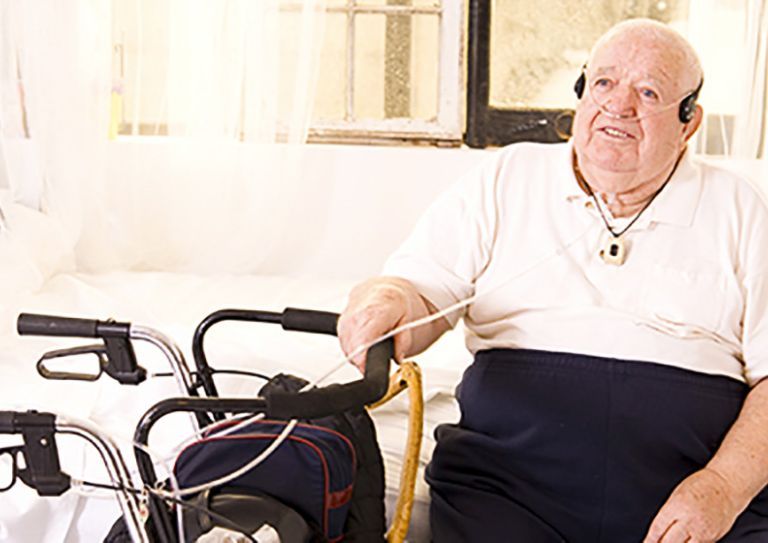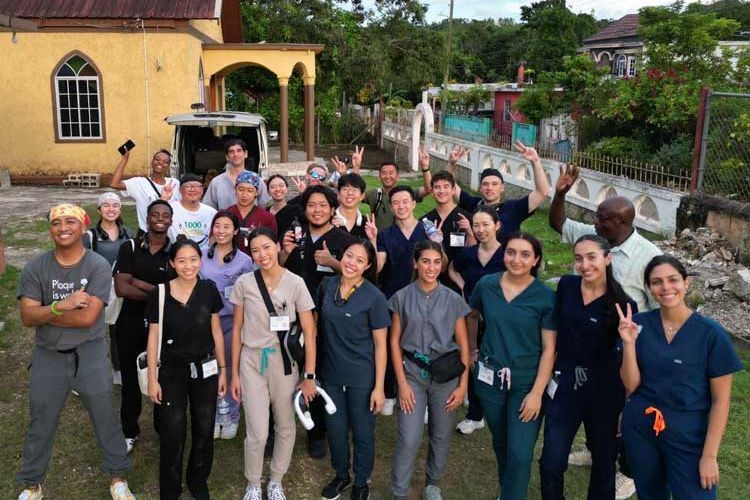Breadcrumb
Dental Care for Geriatric and Special Needs Populations
What is it?
A review of the available research, guidelines and best practices for supporting the oral health of older adults and patients with special needs.
What problem does it aim to solve?
As people age, they become likely to develop health conditions that can impact their oral health and complicate the management and treatment of dental disease. People with special needs may have difficulty completing daily mouth care routines. Both groups may live on fixed incomes and lack access to care.
How does it work?
The article mentions two treatment-planning schemas: OSCAR, the Five-Point Geriatric Dental Assessment and the Seattle Care Pathway. Both take into account patients' functional abilities and their impact on their ability to take care of their mouths. To assess the health of the mouth, there is Caries Management by Risk Assessment, or CAMBRA. The article also summarizes the broad categories of health conditions that can interfere with the mouth's health, and also discusses the dangers of polypharmacy, in which a patient is taking multiple medications simultaneously that can interact with each other or create some risk to oral health like dry mouth. Social conditions like like abuse and neglect of vulnerable adults are also taken into account, so practitioners can be informed about what signs to watch for.
What are the real-world implications?
Dentists and hygienists who are able to take into account the multiple factors affecting oral health, including other health problems, financial resources and ability to complete tasks independently are better able to successfully treat their patients and prevent dental problems.
What are the next steps?
The article makes several recommendations, including encouraging dental teams to make appropriate and timely referrals to medical professionals as needed, and to try to work with medical professionals to create a treatment team.
Source
“Dental Care for Geriatric and Special Needs Populations”, Dental Clinics of North America, Volume 62, Issue 2, April 2018, Pages 245–267
Authors
Elisa M. Chávez, DDS, Department of Diagnostic Sciences, University of the Pacific, Arthur A. Dugoni School of Dentistry
Lynne M. Wong, DDS, Department of Diagnostic Sciences, University of the Pacific, Arthur A. Dugoni School of Dentistry
Paul Subar, DDS, EdD, Special Care Clinic, Hospital Dentistry Program, Arthur A. Dugoni School of Dentistry and Department of Family and Community Medicine, UCSF School of Medicine
Douglas A. Young, DDS, EdD, MBA, MS, Department of Diagnostic Sciences, University of the Pacific, Arthur A. Dugoni School of Dentistry
Allen Wong, DDS, EdD, DABSCD, AEGD Program, Hospital Dentistry Program, University of the Pacific, Arthur A. Dugoni School of Dentistry






